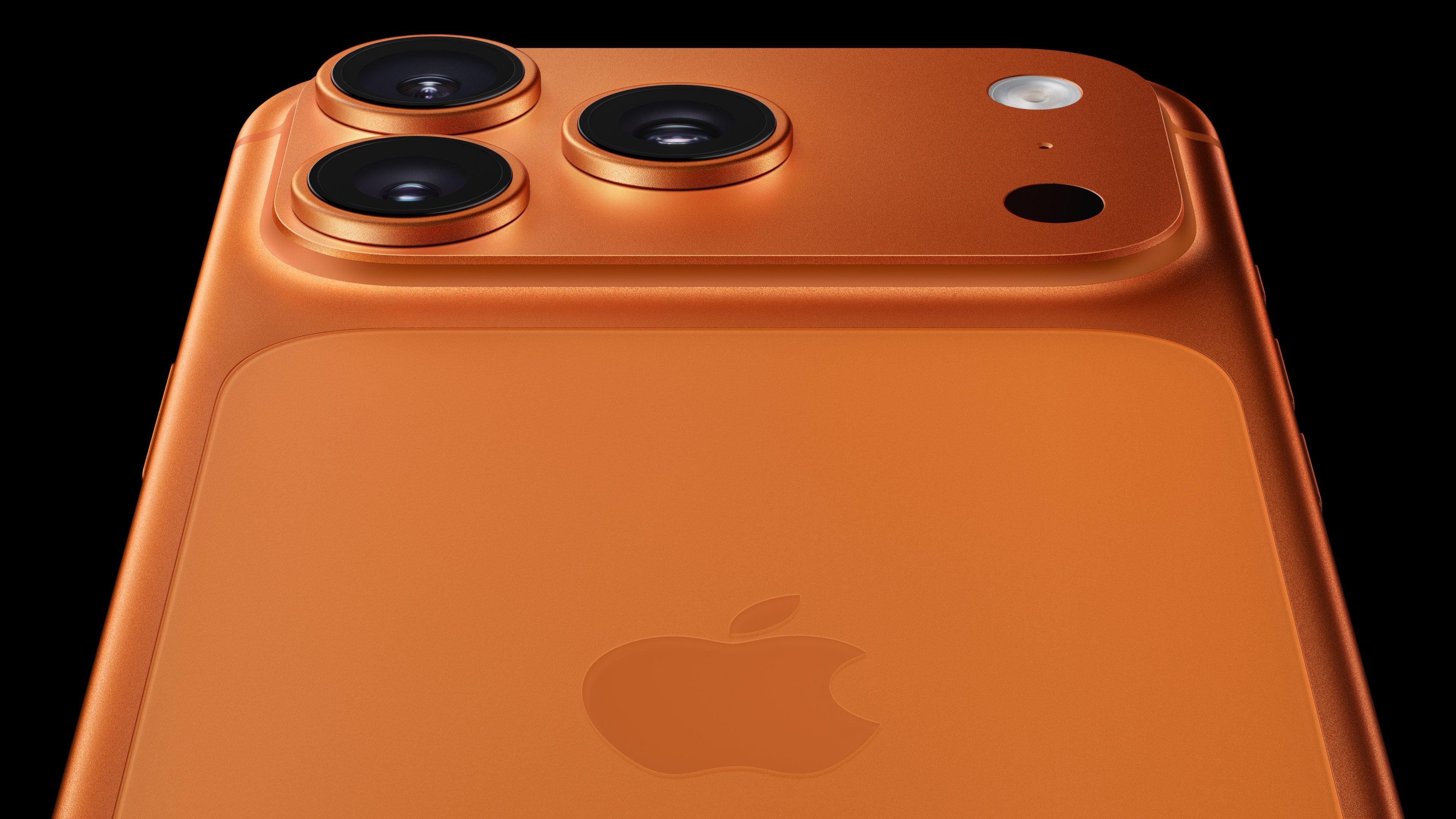One of the most interesting parts of Apple's (AAPL +0.04%) upcoming iPhone 6 will be the A8 system on a chip found inside. Though there's been a lot of speculation as to what exactly this chip will look like, there was speculation recently that suggested that the A8 would stay a dual-core design, but that the frequency of the chip would be bumped up from 1.3 GHz to 2.0 GHz.
This may sound like technological mumbo-jumbo, but if this is true, then it really speaks to the strength of Apple's chip team and -- more importantly -- Apple's focus on the user experience above all else.
Quad-core is nonsense in a phone
Although it has been trendy to pack as many weak little cores as possible into a smartphone, the reality is that most mobile-oriented software can barely make use of two cores, let alone four. The "quad-core" and "octa-core" marketing points are great for the masses of undifferentiated Android based phones, but these are design decisions that really are driven by marketing rather than what is necessarily best for the user experience.
To illustrate, consider that the Intel (INTC 4.33%) Core i5 and Core i7 processors found inside the MacBook Air and Retina MacBook Pro 13-inch are mere dual-cores -- but they'll run circles around Intel's own quad-core Atom processor or any quad-core mobile processor from ARM Holdings (ARMH +0.00%). Higher per-core performance matters more than the number of cores, and Apple has smartly recognized this.
The odds are very good at the A8 is indeed a dual-core design and that per-core performance is lifted substantially over what the A7 could provide.
How much more performance are we talking?
Another feature that Apple could include is something along the lines of Intel’s Turbo Boost, which according to the company “allows processor cores to run faster than the operating frequency if they’re operating below power, current, and temperature specification limits.”
The rumor cited early in this article claims that the A8 processor will have a 2 GHz clock-speed or higher. This might imply a Turbo Boost-like mechanism that would, in turn, add enough juice in some scenarios (perhaps when in situations when power can be allocated mostly to one core) to allow Apple to claim “up to twice as fast” in its marketing slides.
Apple's A8 could be within spitting distance of an Intel Broadwell CPU
According to some tests, Apple's A7 has roughly similar per-GHz performance as an Intel Haswell processor; however, the Haswell is designed to hit much higher frequencies, so it still has a dramatic overall performance edge.
However, leaked materials detailing Intel's next-generation Broadwell processor -- which should be largely similar in general-purpose performance per GHz to the Haswell processor -- suggest that the 4.5-watt variant will turbo to 2.6 GHz. If the A8 can really run at 2.0 GHz, at least in a "turbo" mode, then the performance delta between a tablet-oriented Intel Core M and the A8 should be only about 30%.
We'll have to see the final performance and power consumption numbers later this year, but if this is the case, then Apple will have accomplished something pretty impressive with the A8.
Foolish bottom line
While sapphire screens, a thinner metal chassis, and iOS 8 get me excited for the iPhone 6, the A8 chip is going to be the most interesting thing for me by far. The delivered CPU and graphics performance -- particularly if Apple deploys a custom-designed graphics processor in the A8 -- should be rather stunning.
We have to remember, though: This is Apple. Would you expect anything less?






